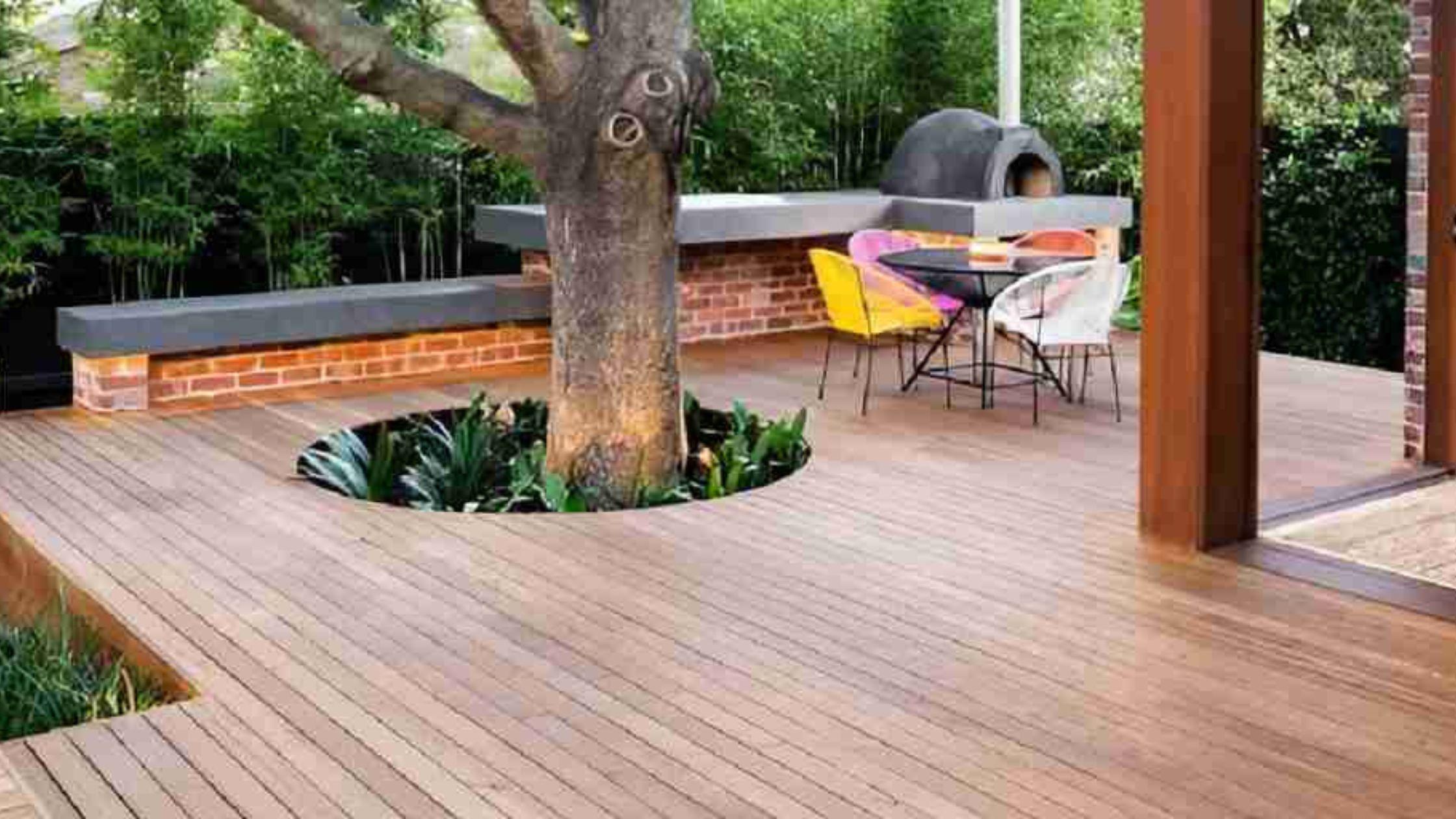What Happens If You Don’t Use Drip Trays For Flower Pots

Overview:
Drip trays may seem like a small detail when it comes to taking care of your potted plants. But skip them, and you might find yourself dealing with more problems than you expected. From stained patios to unhealthy plants, the impact adds up fast. This blog shares what really happens when you leave out drip trays for flower pots, and how you can prevent patio drip water stains before they ruin your space.
Table Of Contents:
-
Why Drip Trays Matter
-
The Risk to Your Floors and Furniture
-
How Skipping Drip Trays Affects Your Plants
-
Outdoor Spaces: What Can Go Wrong
-
The Cost of Water Damage Over Time
-
Smart Solutions to Keep Things Clean
-
Final Thoughts
Why Drip Trays Matter
Drip trays for flower pots are simple but smart. They sit under flower pots and catch extra water that drains out after watering. Without them, that water has nowhere to go except onto the surface below—whether it’s wood, concrete, or carpet.
Trays help contain messes, protect your surfaces, and reduce the chances of mold or mildew. When plants are watered, gravity pulls the excess water out of the drainage holes at the bottom. If nothing is there to catch it, things get soggy fast.
The Risk To Your Floors And Furniture
Indoor potted plants without trays can lead to wet spots on hardwood floors, rugs, and even tabletops. Water seeps into cracks and lingers under pots, where it can start damaging surfaces.
According to a 2023 home care survey by Angie’s List, 32% of homeowners reported water stains under indoor planters as a recurring problem. Tiny water drops each day can slowly cause big problems over time.
If you're placing a plant on a shelf or near electronics, the risk is even higher. One spill can mean pricey repairs.
How Skipping Drip Trays Affects Your Plants
It’s not just about the mess. Plants suffer too when there’s no drip tray in place. Excess water trapped inside the pot can lead to soggy roots. And soggy roots are bad news.
The American Horticultural Society reports that overwatering is a leading cause of indoor plant decline. It leads to root rot, yellowing leaves, and plant loss. Without a tray, you can’t easily check how much water your plant is releasing.
Plus, trays give you a chance to monitor drainage. If your plant never drains, it could mean your soil is too compact or your pot doesn’t have proper holes.
Outdoor Spaces: What Can Go Wrong
Outside, letting water drain on its own might not seem like a big deal. But water dripping from planters can leave behind streaks and stains on your deck or patio. Over time, that water encourages algae, mildew, or even rot.
If you're using wooden decking, excess moisture can soak into the grain and start breaking down the wood. Even on concrete, mineral deposits from water can leave white rings or rust-like spots.
Most patios aren’t made to stay constantly wet. Rain is one thing, but everyday water runoff from planters will leave a mark.
The Cost Of Water Damage Over Time
Here’s where things can get expensive. Water damage to wood decks or flooring can lead to big repairs. Replacing water-stained rugs or refinishing floors isn’t cheap either.
A 2022 HomeAdvisor study showed that repairing water-damaged hardwood floors costs an average of $1,200 to $2,500. Stopping the issue with a $10 tray? That’s an easier choice.
Outdoor repairs cost even more. Sealing or replacing damaged sections of patio or deck can stretch into the thousands. And none of that includes the hassle of moving heavy planters and clearing the area.
Smart Solutions To Keep Things Clean
There are lots of tray options out there, but not all are built the same. Look for trays made of durable, waterproof materials that won’t crack or stain.
Some of the best options today are drip trays with drain tube features. These have a built-in hose or pipe that lets water escape from the tray to a designated runoff spot. That way, the tray doesn’t overflow and your patio or floor stays dry.
Match the tray size to your pot, and make sure there’s enough depth to hold a full watering cycle. With the right setup, you water less often, your plants stay healthier, and your space stays cleaner.
Final Thoughts
It’s tempting to skip a tray when you’re putting together your plant corner. But don’t let looks fool you. Those quiet drips build up quickly and turn into stubborn stains and dead plants.
Use trays for flower pots if you want to keep your setup neat and your plants happy. It’s one of the simplest habits with the biggest return.
Looking for a smarter solution? Planter Drain Off offers custom drip trays for flower pots and advanced systems that prevent patio drip water stains. Contact them today to protect your space and enjoy stress-free watering!
- Art
- Causes
- Crafts
- Dance
- Drinks
- Film
- Fitness
- Food
- Games
- Gardening
- Health
- Home
- Literature
- Music
- Networking
- Other
- Party
- Religion
- Shopping
- Sports
- Theater
- Wellness



